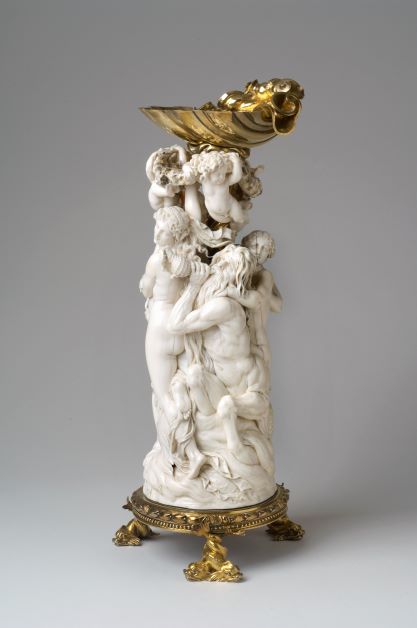
Rubens’s Saltcellar: On the Generative Power of Nature and (Antwerp’s) Art
Universität Bern Christine Göttler
December 1, 2022 · 4:30 pm—6:00 pm · 010 East Pyne
Department of Art and Archaeology

Containers for liquids and other substances are among the oldest known artifacts of human ingenuity; in early modern Antwerp, the focus of my research, artists and craftsmen seized on the arrival of new technologies and new materials to increase the diversity of the shapes and kinds of vessels used at table. However, in the research literature these utensils are frequently treated as luxury collectables while their actual use as receptacles is neglected. In my talk I explore a different approach to precious vessels, one that takes into account the imaginaries of the substances they were designed to hold and the ways in which their craftsmanship resonated with the dynamically shifting relationships between material environments, cosmologies, and practises of making. My main example is a well-known saltcellar designed by Peter Paul Rubens for his own household and created collaboratively by the Augsburg ivory carver Georg Petel and the Antwerp silversmith Jan Herck in about 1628. How did this beautifully crafted object (in its shape, material, and imagery related to the marine Venus) comment on and pay homage to the transformative power of salt, understood as a universal agent of life and generation, nourishing and preserving both human and animal bodies as well as the body of the earth? My interest is in an ethics and epistemology of material transformation (from nature into art) that resonated with Antwerp’s intellectual culture and the city’s unique place in the world of craftmanship, knowledge, and design.















